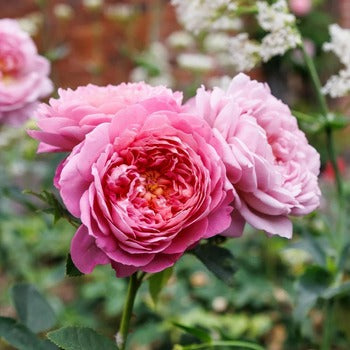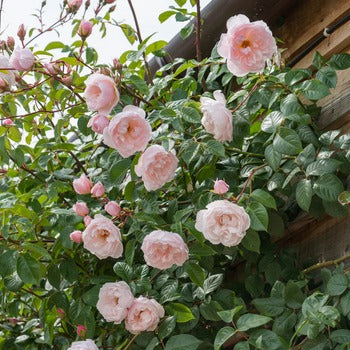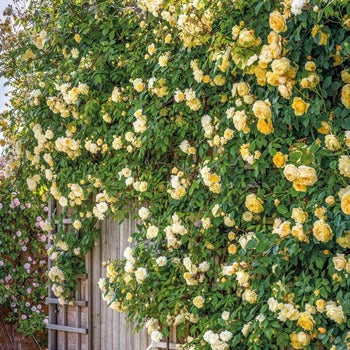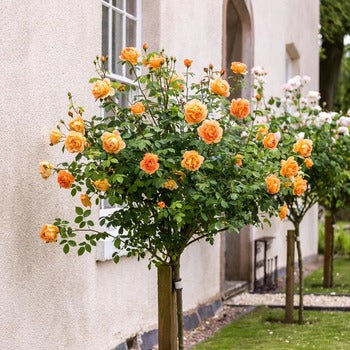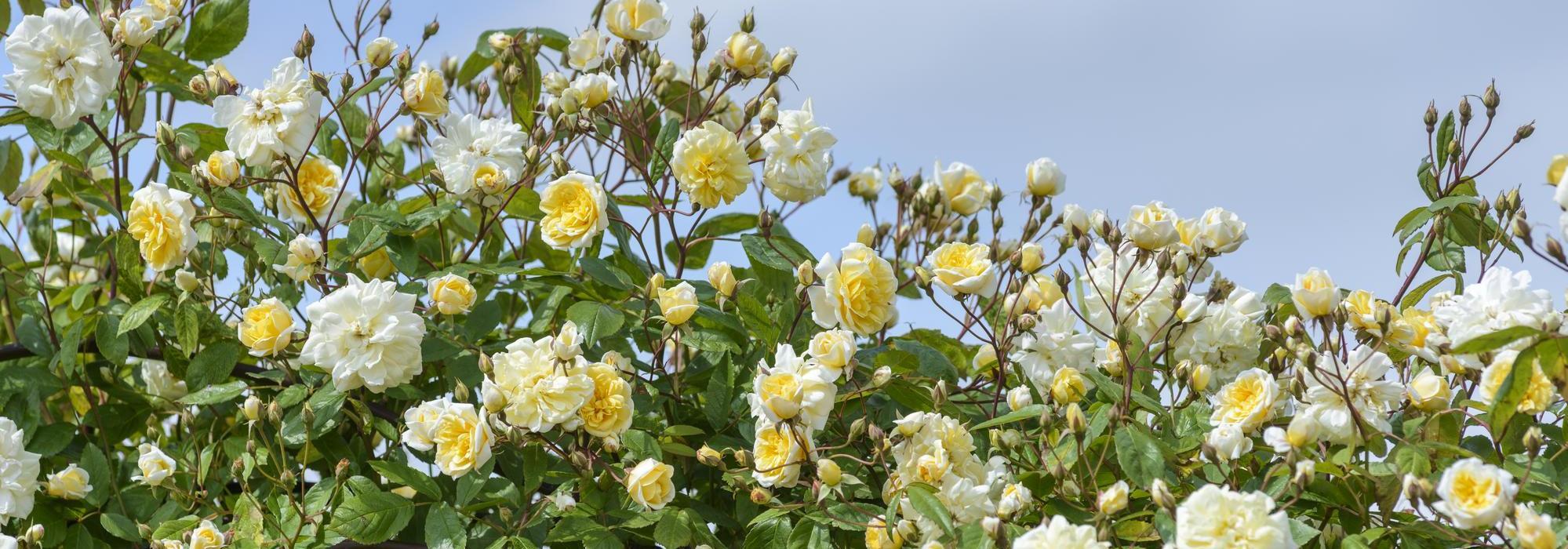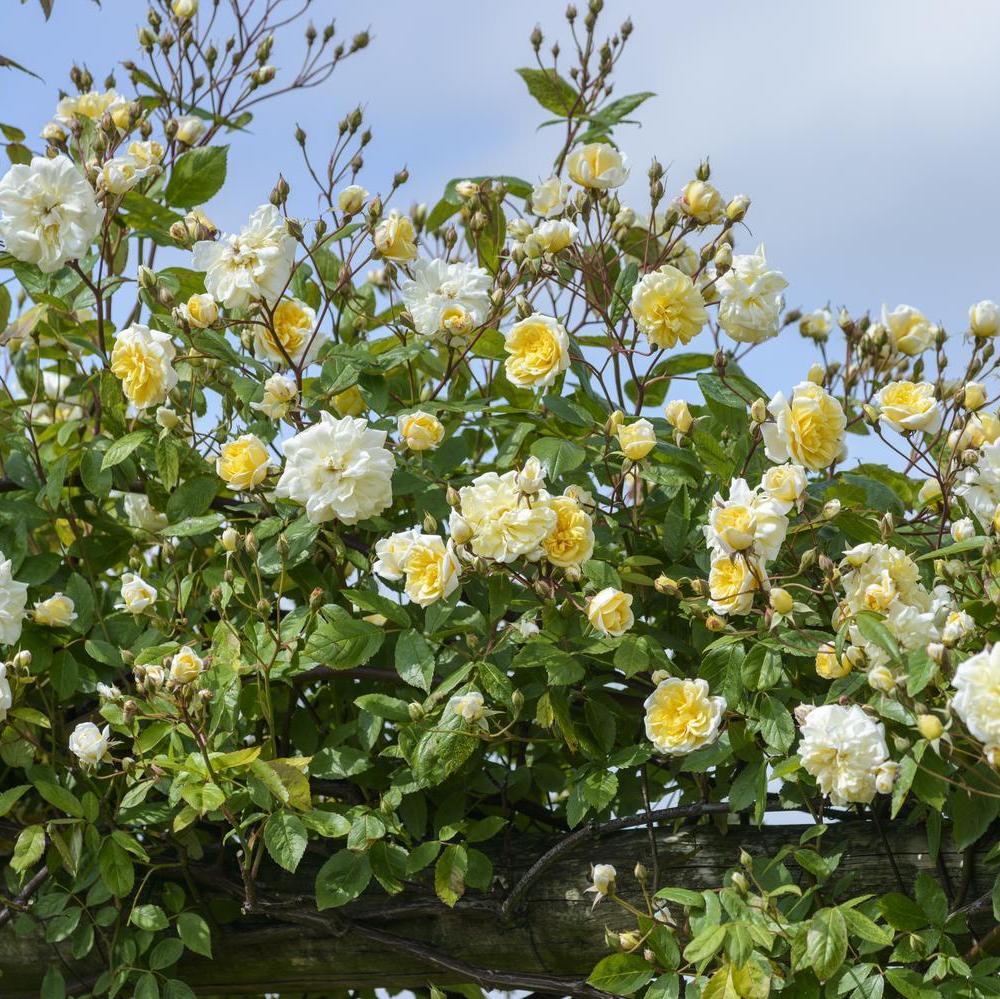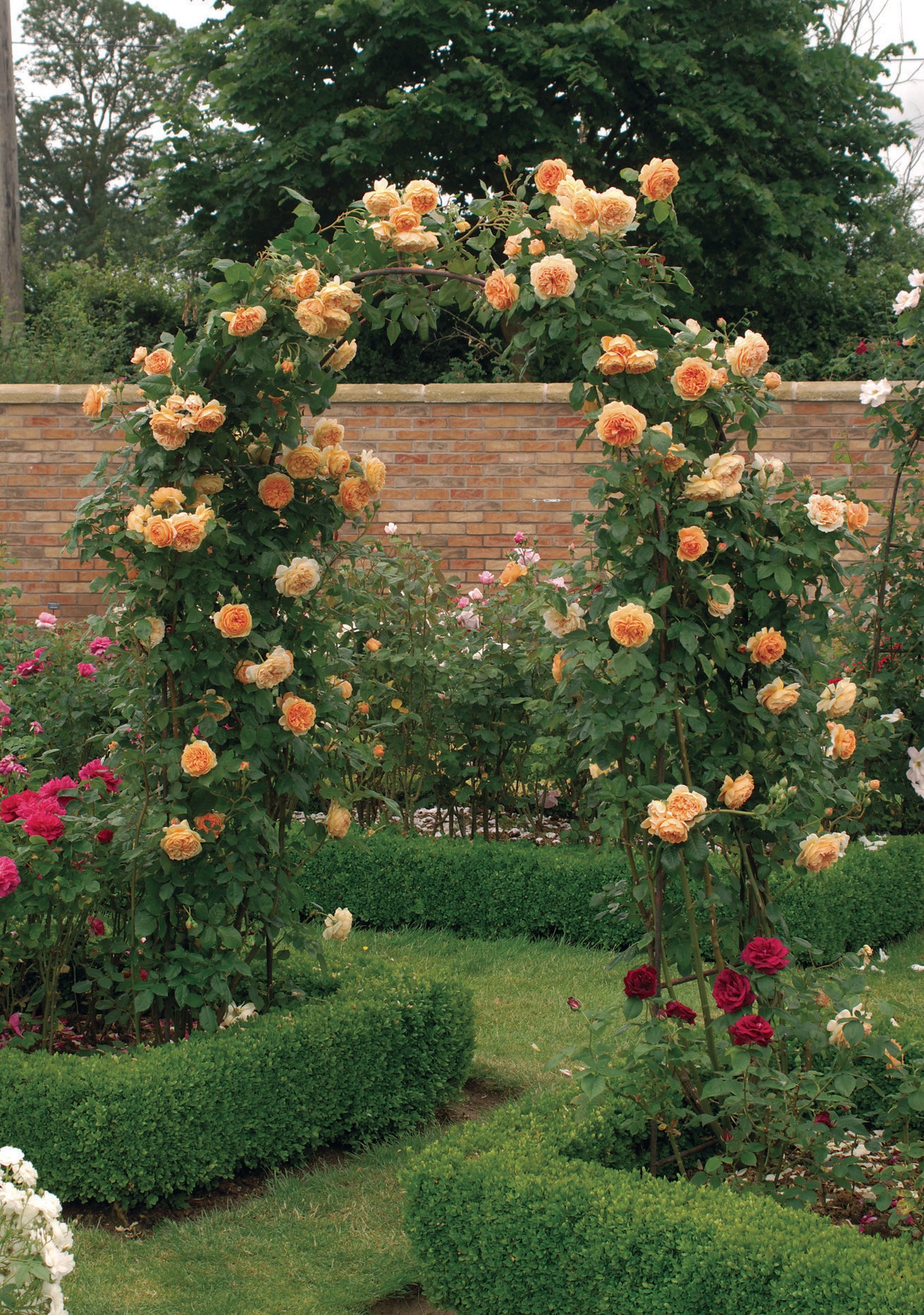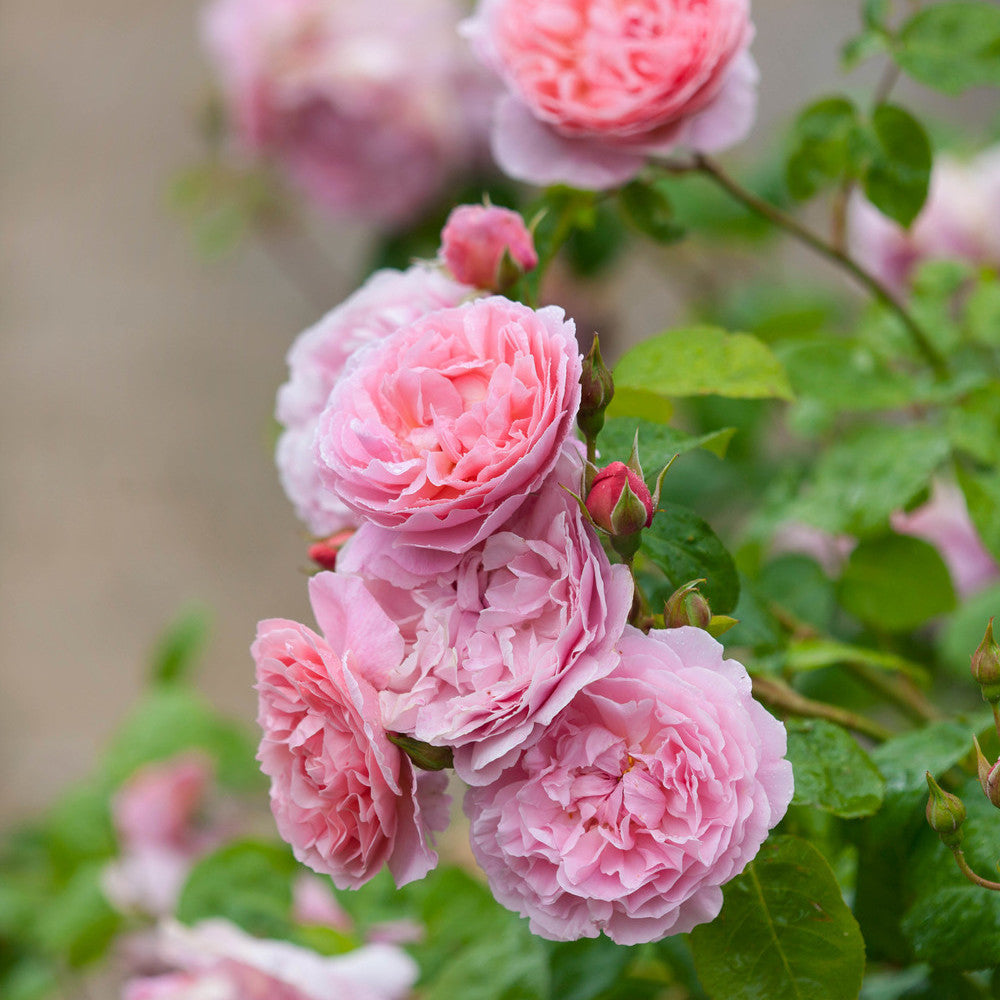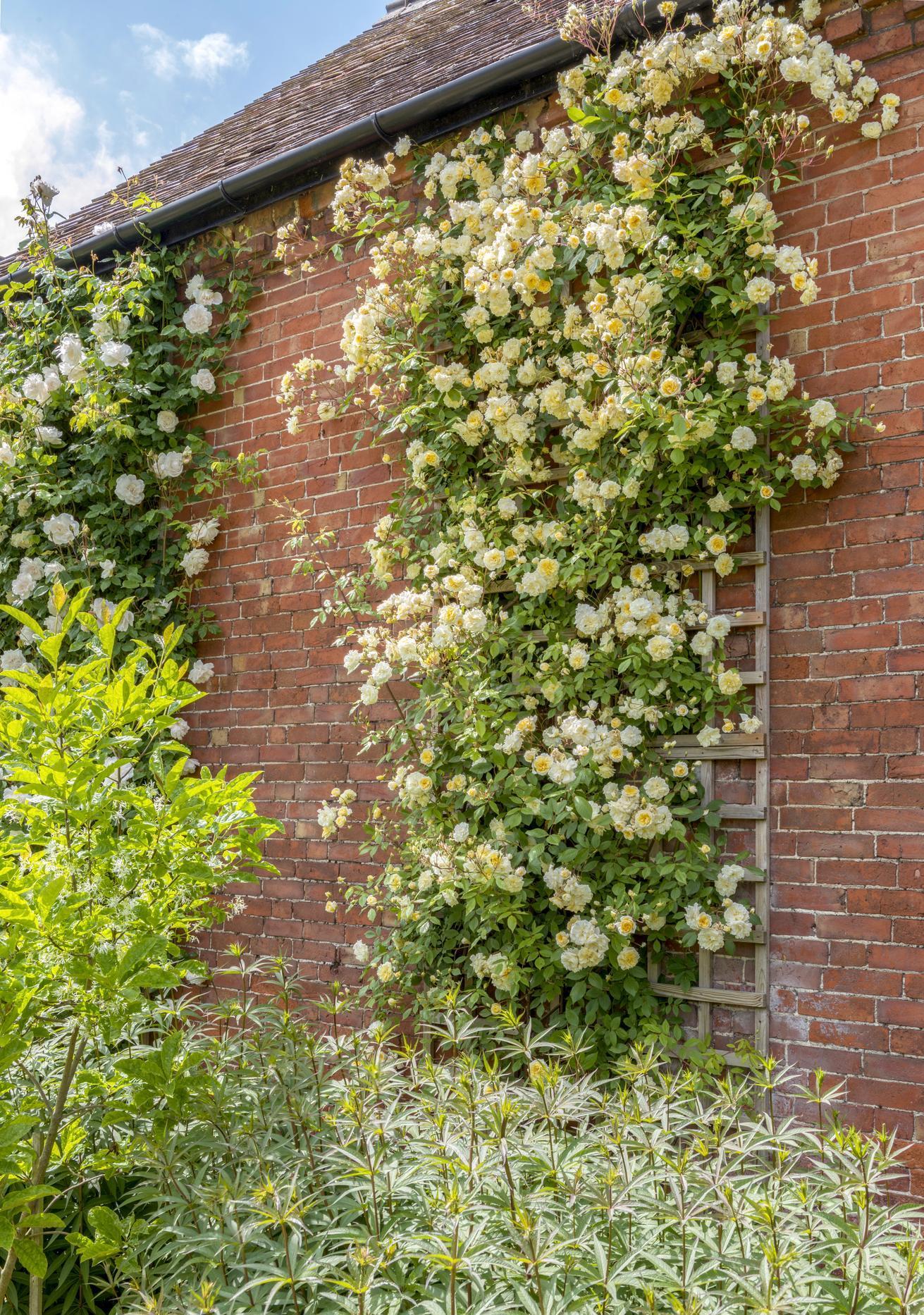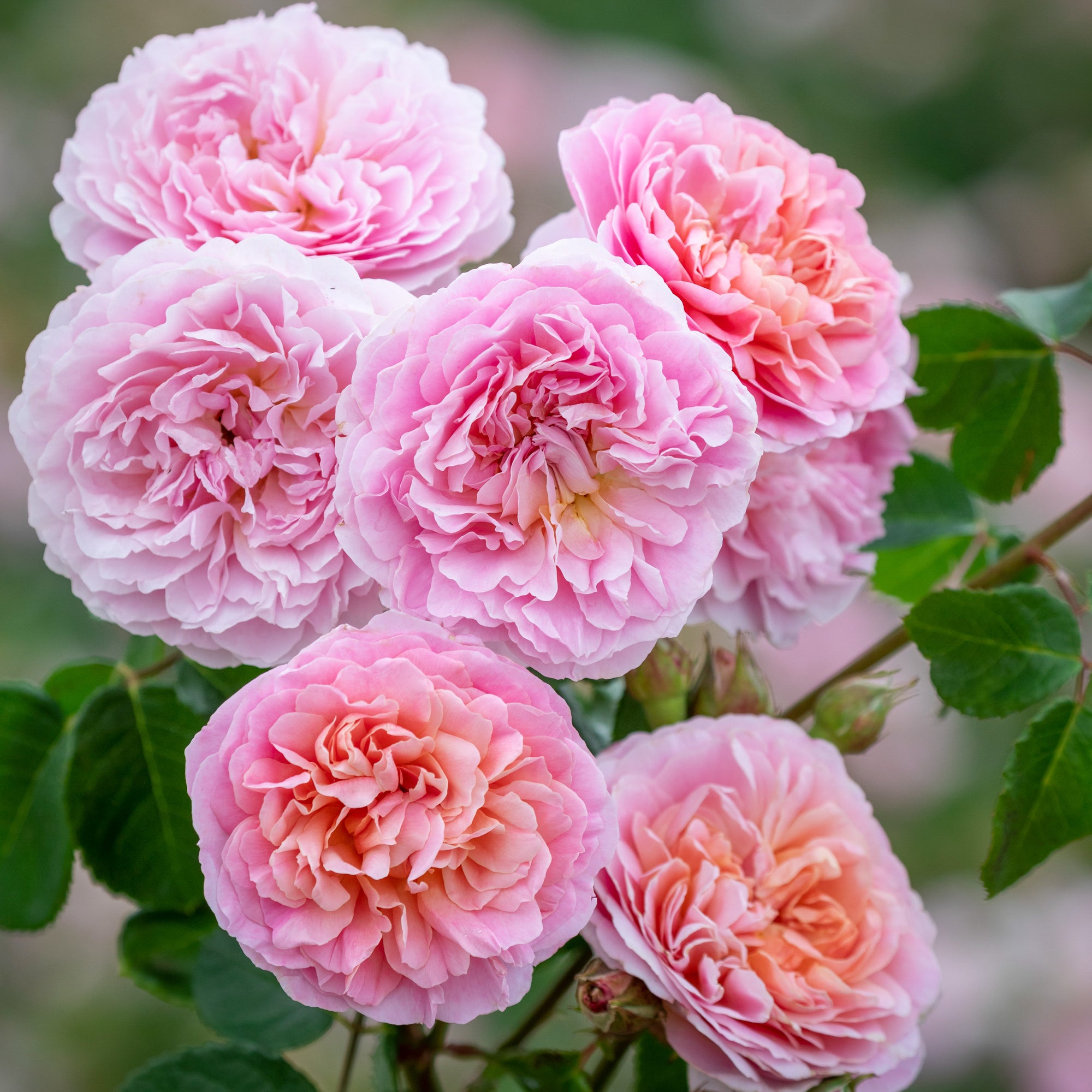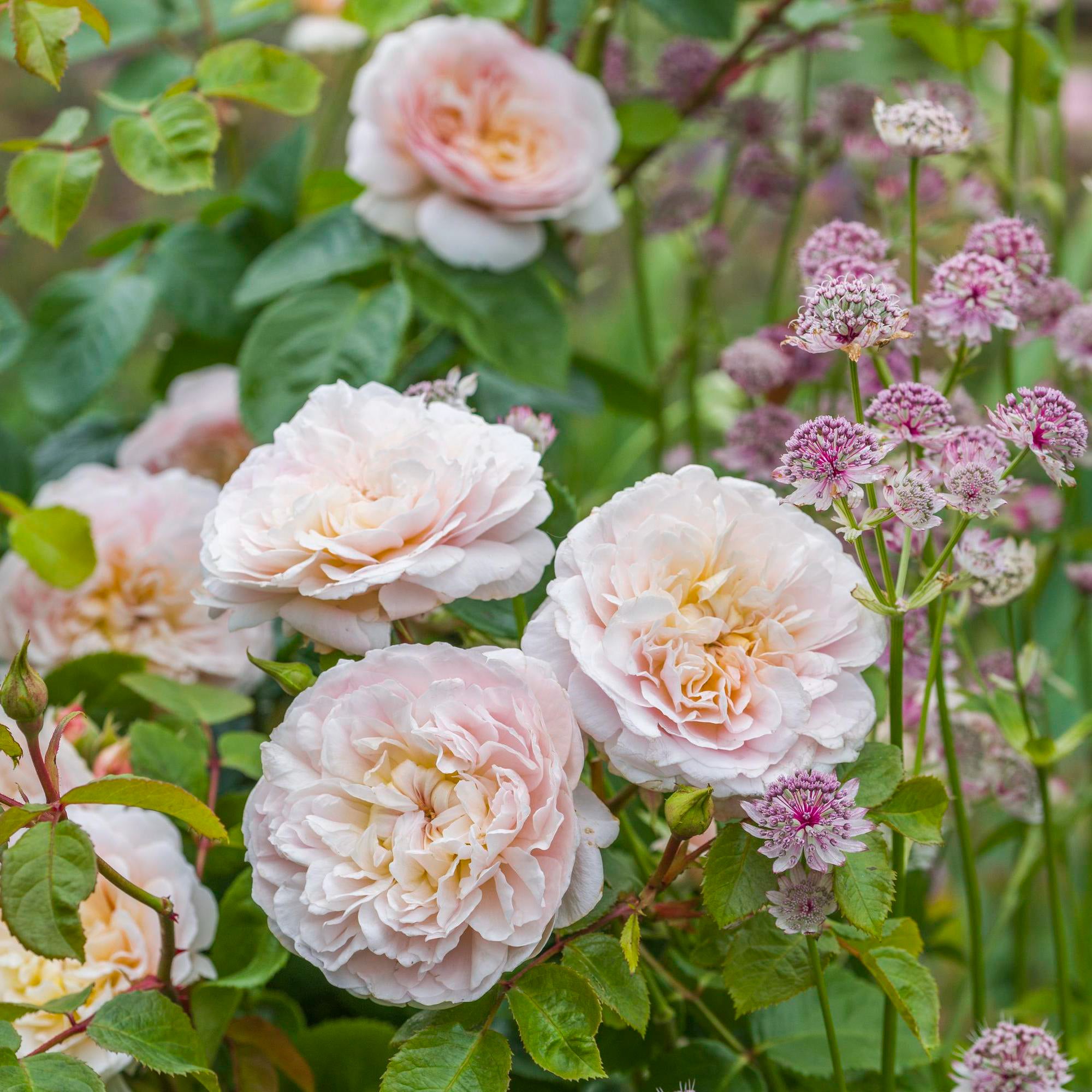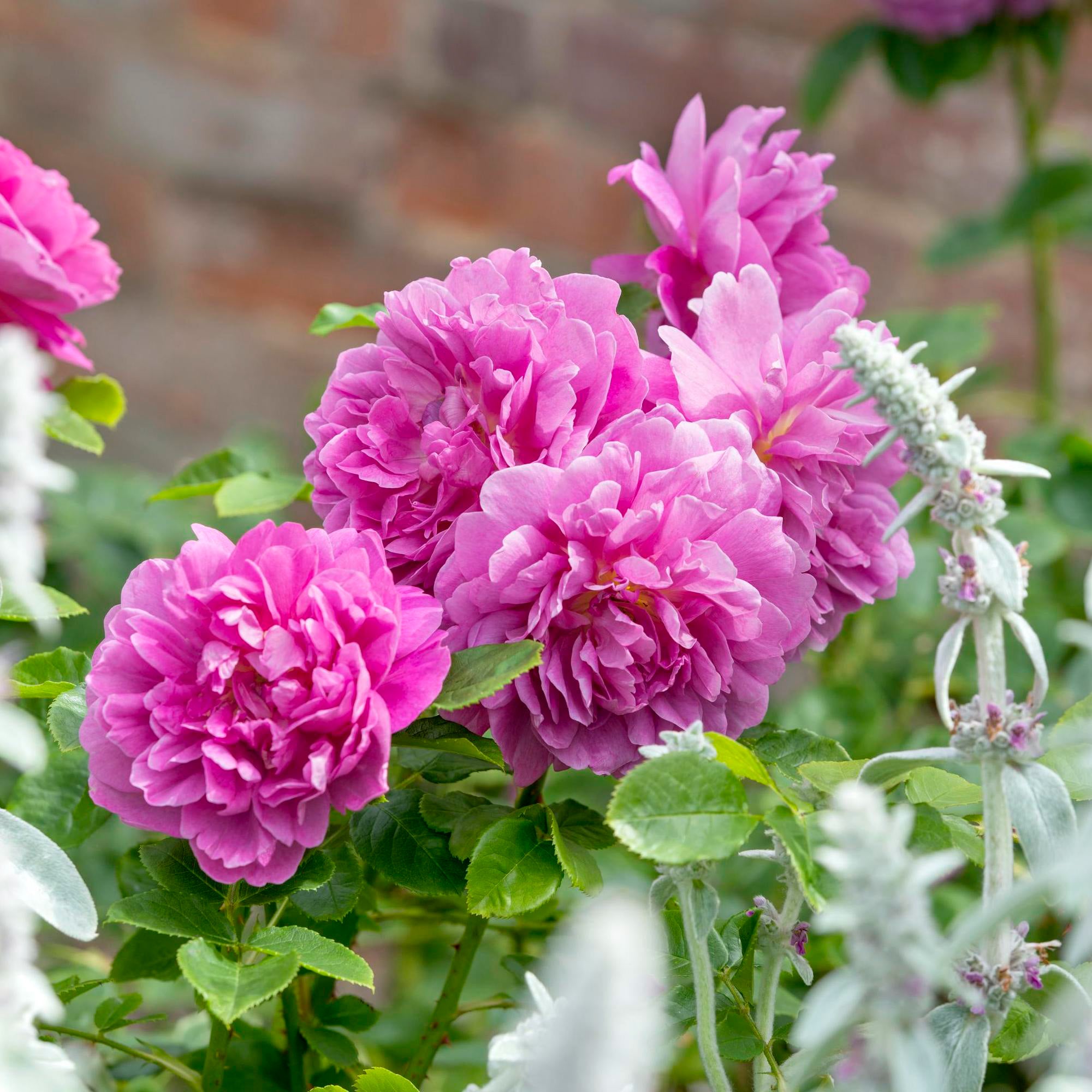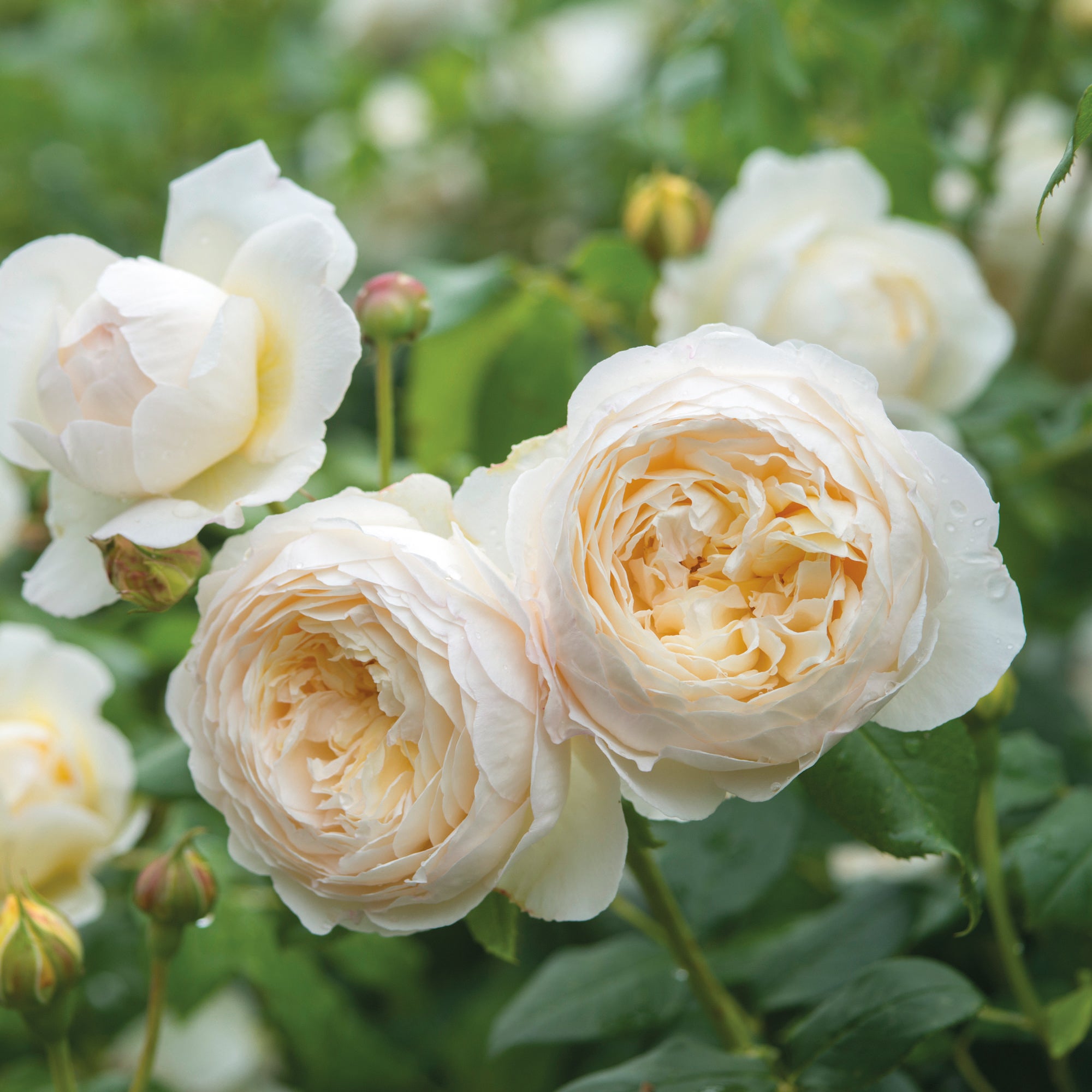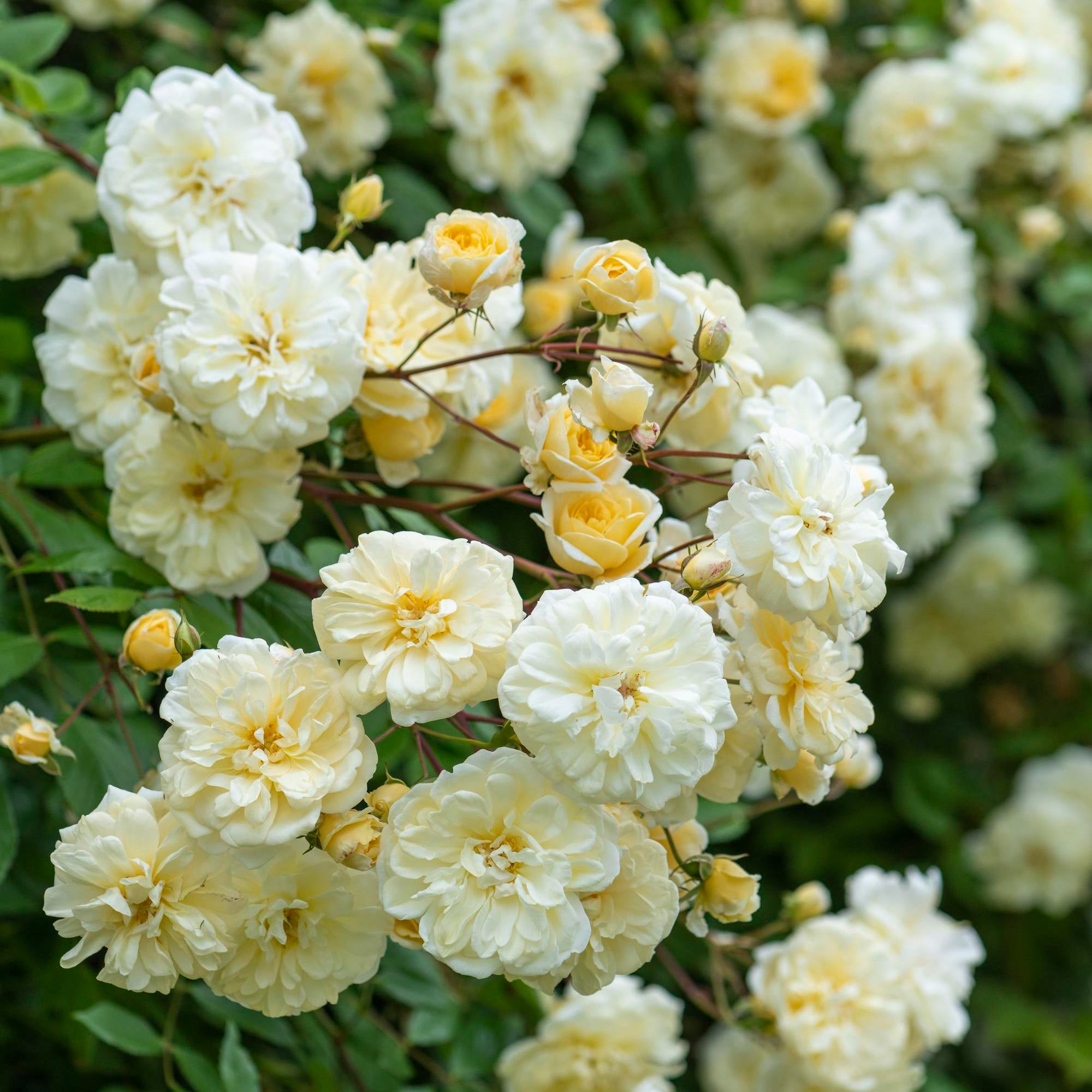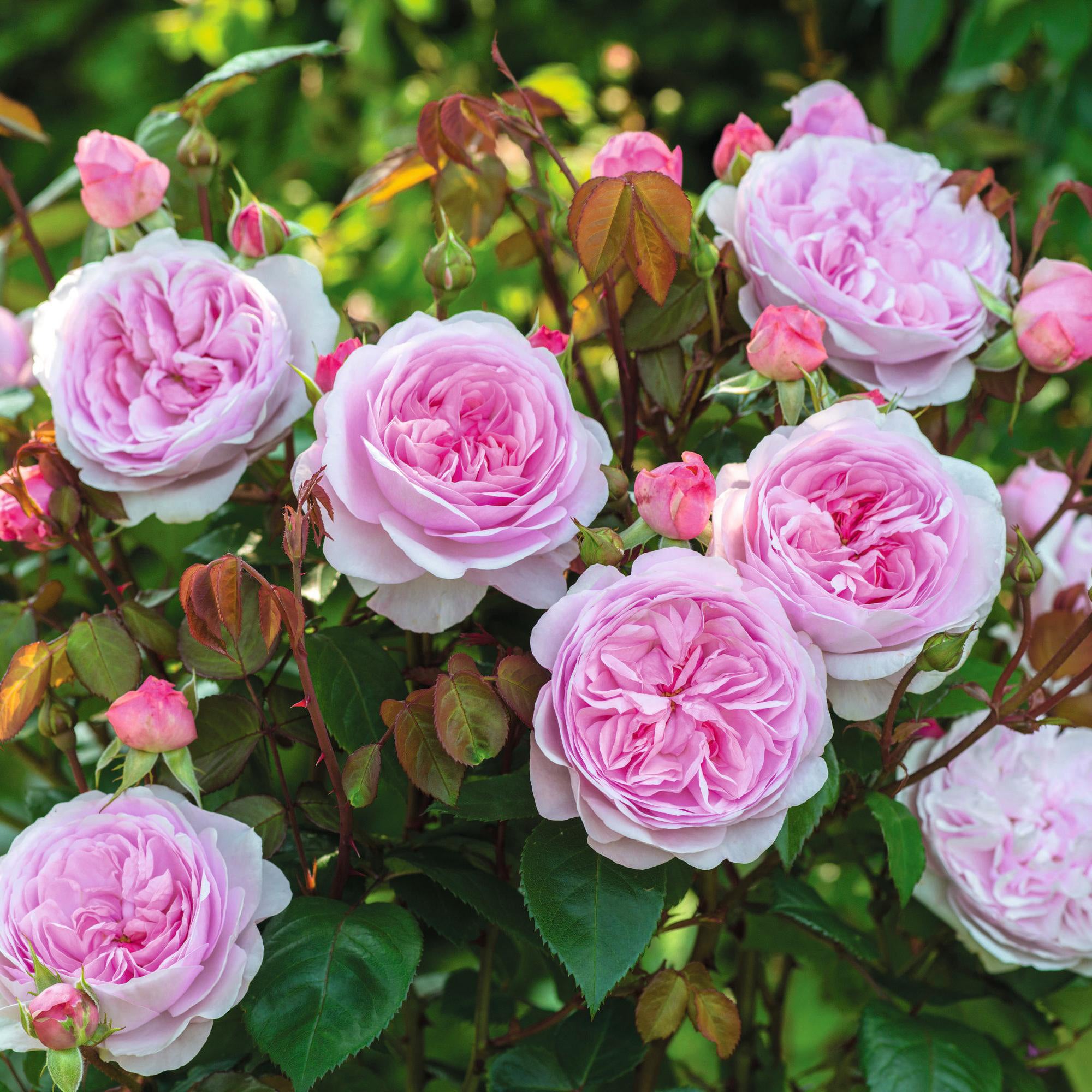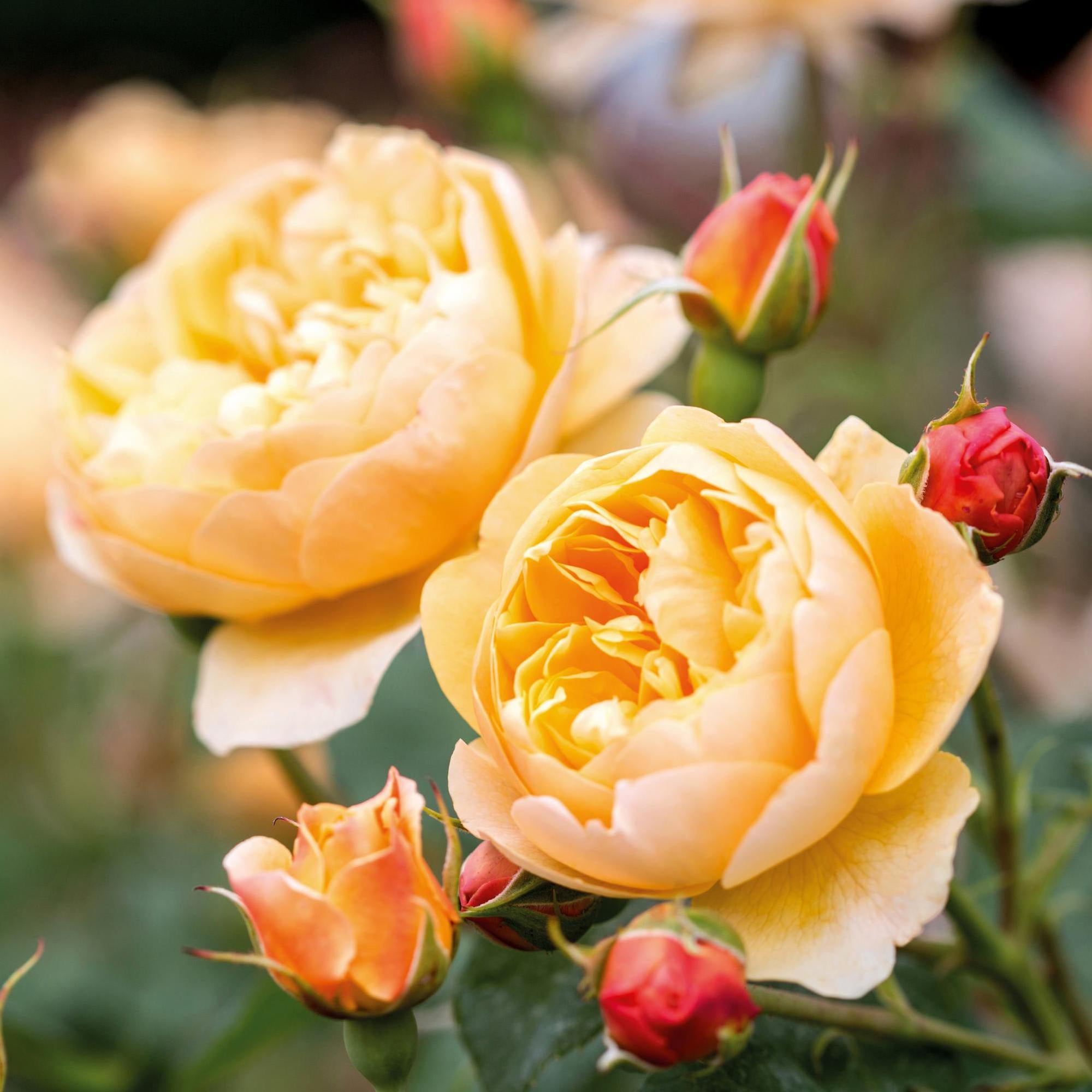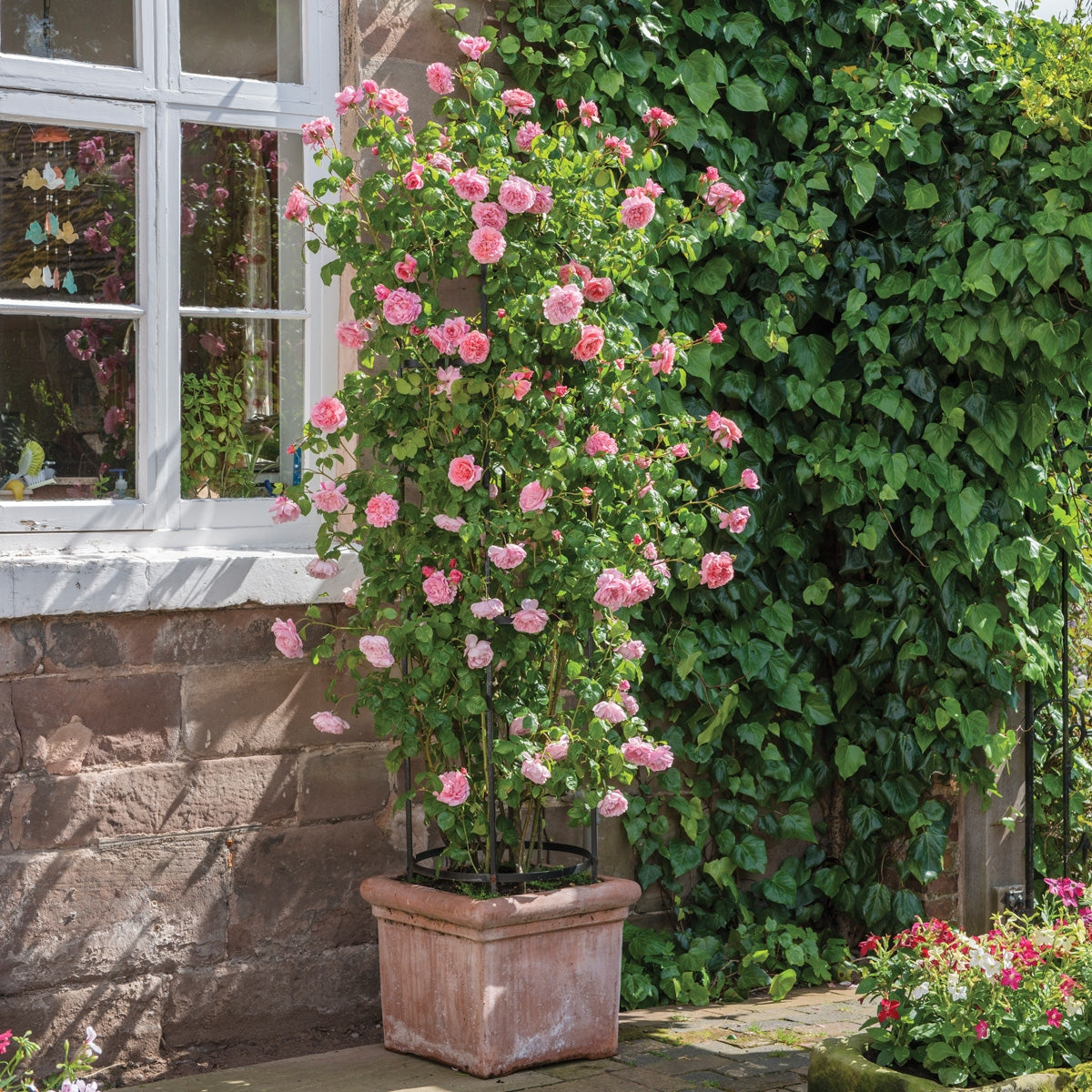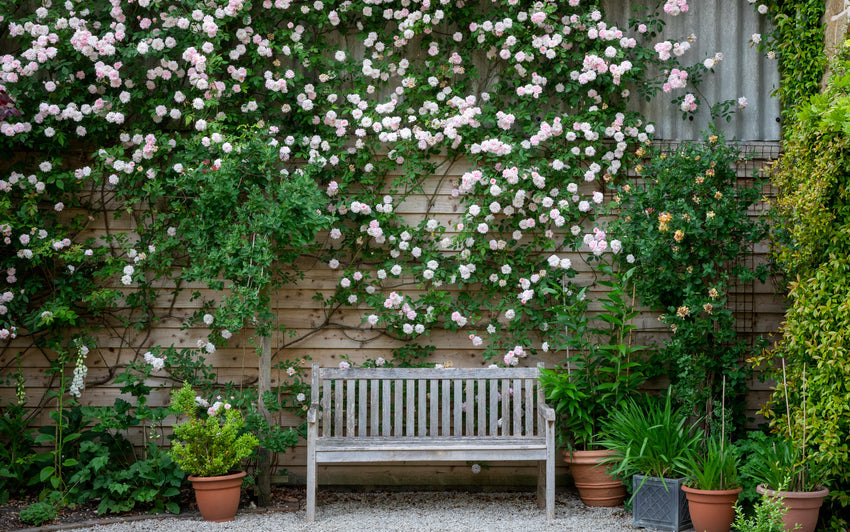Two Ways Up: Climbing Roses and Ramblers Explained
Roses climbing up a trellis or rambling across a wall are some of the most romantic sights in any garden. While both climbing and rambling roses can transform a space with their graceful growth and blooms, understanding the difference between them and how to care for each is essential.
Climbing and rambling roses share a love of vertical growth, yet their habits and blooms set them apart. Climbers tend to have stiffer, more upright stems and often flower repeatedly throughout the season, making them ideal for smaller structures or espaliered walls. Ramblers, by contrast, are more flexible and vigorous, with long, sweeping canes that usually bloom once in early summer, producing a profusion of smaller flowers that create a striking, cascading effect. Understanding these distinctions helps you choose the right rose for your space and ensures you can train and care for them in a way that maximises their beauty.
Choosing the Right Variety
Before planting, consider the position and how the rose will be supported. Roses do not cling on their own, so they need to be securely tied onto structures like fences, walls, obelisks, arches, pillars, posts, pergolas, arbours, sheds, or trees. Climbers are generally stiffer, while ramblers are more lax and flexible. Most roses can be guided while young before the stems stiffen, but always handle them gently to avoid damage.
Size Matters
Consider the size of the rose and avoid choosing something too large for the intended structure. Roses flourish when allowed to reach their full potential, and some varieties may not flower well if constantly pruned back. Heights listed in catalogues are averages and will vary depending on light, soil, weather, care, and competition. Some very large varieties take considerably longer to reach full height.
Flowering is often improved by training stems diagonally or horizontally. For example, a climber that reaches 12 feet can be fanned out across a 6-foot fence, or spiralled around a 6-foot obelisk. Very large roses can be heavy, so ensure your supporting structure is strong enough.
Positioning and Light
Most roses thrive with a minimum of four hours of direct sunlight. Choose a light, airy position that avoids excessive competition from roots. Shady areas are more challenging but can be mitigated with good soil and attentive care. Always plant at least 18 inches away from other plants or solid structures to allow space for roots and growth.
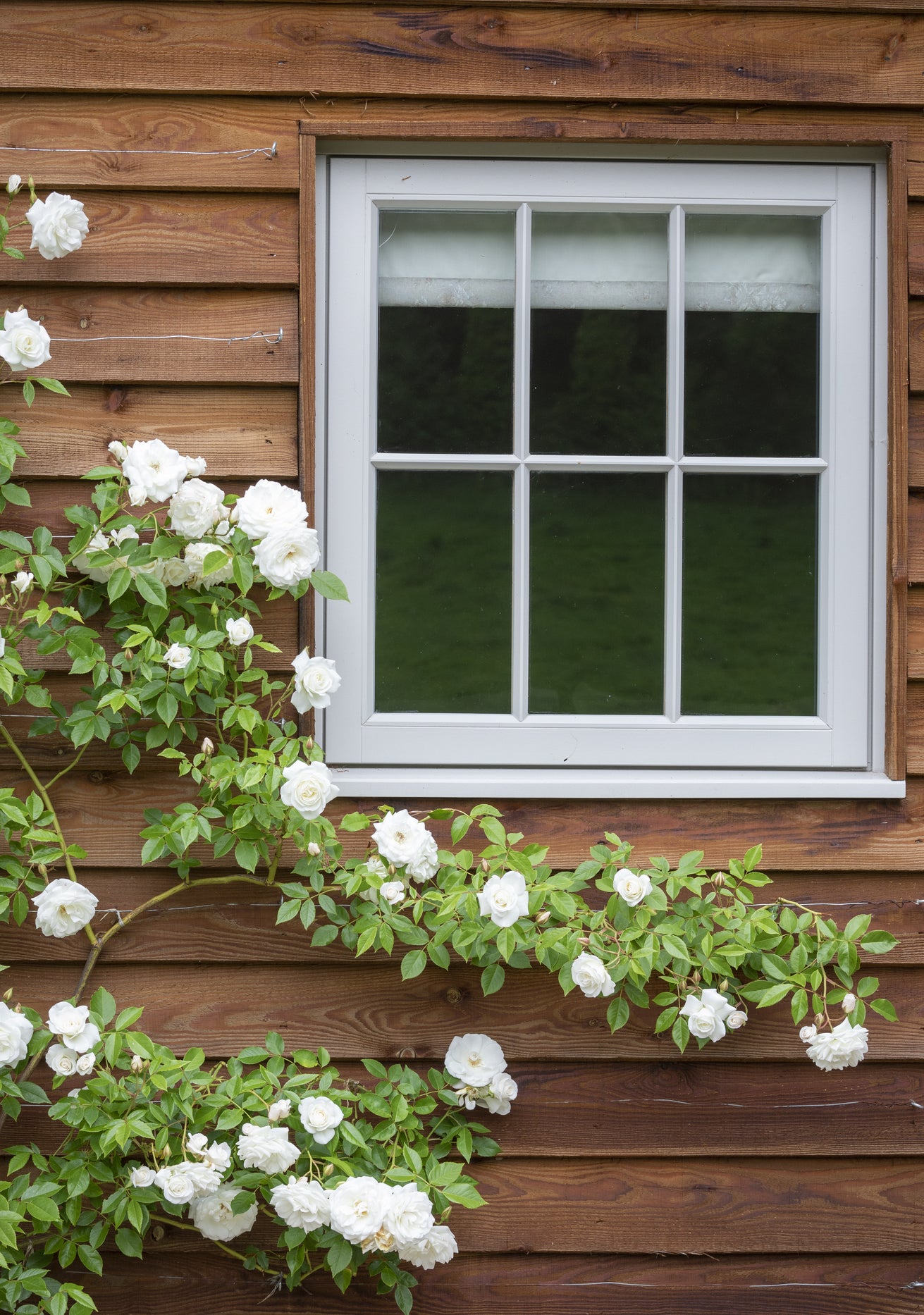 Tying InEncourage air flow by keeping roses slightly away from walls using vine eyes and galvanised wire. Diagonal or horizontal training promotes flowering side shoots, while vertical growth may lead to bare bases. Use flexi-ties, twine, or jute to attach stems, ensuring they are not tied too tightly. On arches or pergolas, consider using two plants to meet in the middle for fuller coverage.LEARN MORE
Tying InEncourage air flow by keeping roses slightly away from walls using vine eyes and galvanised wire. Diagonal or horizontal training promotes flowering side shoots, while vertical growth may lead to bare bases. Use flexi-ties, twine, or jute to attach stems, ensuring they are not tied too tightly. On arches or pergolas, consider using two plants to meet in the middle for fuller coverage.LEARN MORE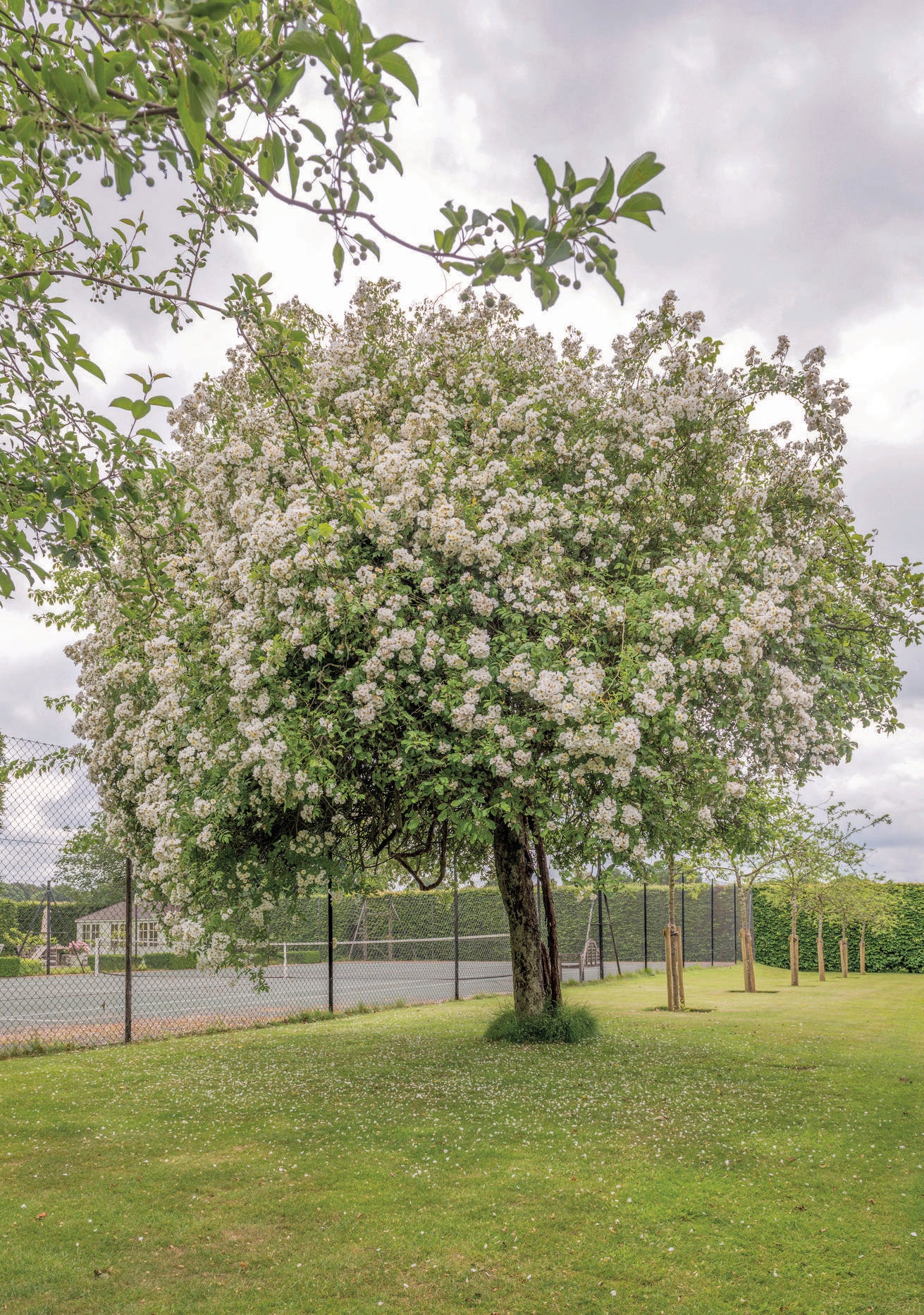 Growing into TreesSelect a tough variety for growing into trees. Plant on the sunniest side, angle the rose towards the tree, and provide initial support until the stems reach the branches. Thorny varieties grip the canopy naturally. Feed generously with slow-release fertiliser and liquid seaweed, and water directly to the rootsLearn more
Growing into TreesSelect a tough variety for growing into trees. Plant on the sunniest side, angle the rose towards the tree, and provide initial support until the stems reach the branches. Thorny varieties grip the canopy naturally. Feed generously with slow-release fertiliser and liquid seaweed, and water directly to the rootsLearn more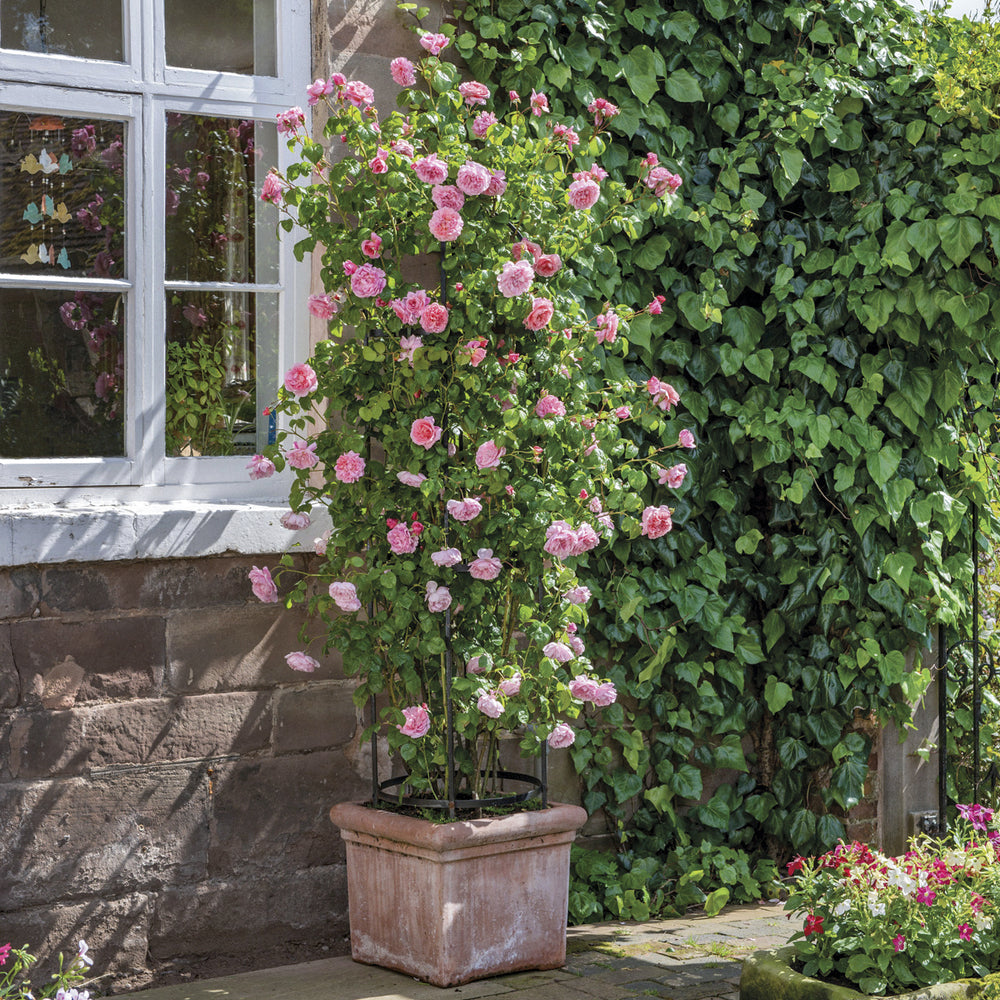 Potted PlantingClimbers and ramblers can be grown in large pots, ideally 2 feet by 2 feet, and repotted every four to five years with fresh compost. Be aware that very tall varieties may not achieve their full height in a pot. Regular feeding and attentive watering are key.Learn more
Potted PlantingClimbers and ramblers can be grown in large pots, ideally 2 feet by 2 feet, and repotted every four to five years with fresh compost. Be aware that very tall varieties may not achieve their full height in a pot. Regular feeding and attentive watering are key.Learn more
Watering
Monitor moisture levels carefully. Rainwater may not reach roses planted against walls, and larger varieties require more water for rapid growth and flowers. In pots, water little and often, while in the ground, deep watering encourages strong root development.
Spacing
Allow sufficient space for large roses to spread. A single big climber or rambler may cover a large area, while multiple shorter repeat-flowering climbers can be spaced according to desired density. Consider companion planting with non-invasive climbers or herbaceous plants, keeping at least 18 inches from the base of the rose.
By understanding the differences between climbers and ramblers and following careful positioning, support, and maintenance practices, these roses can provide spectacular displays year after year. A well-trained climbing or rambling rose brings a timeless elegance to any garden.

